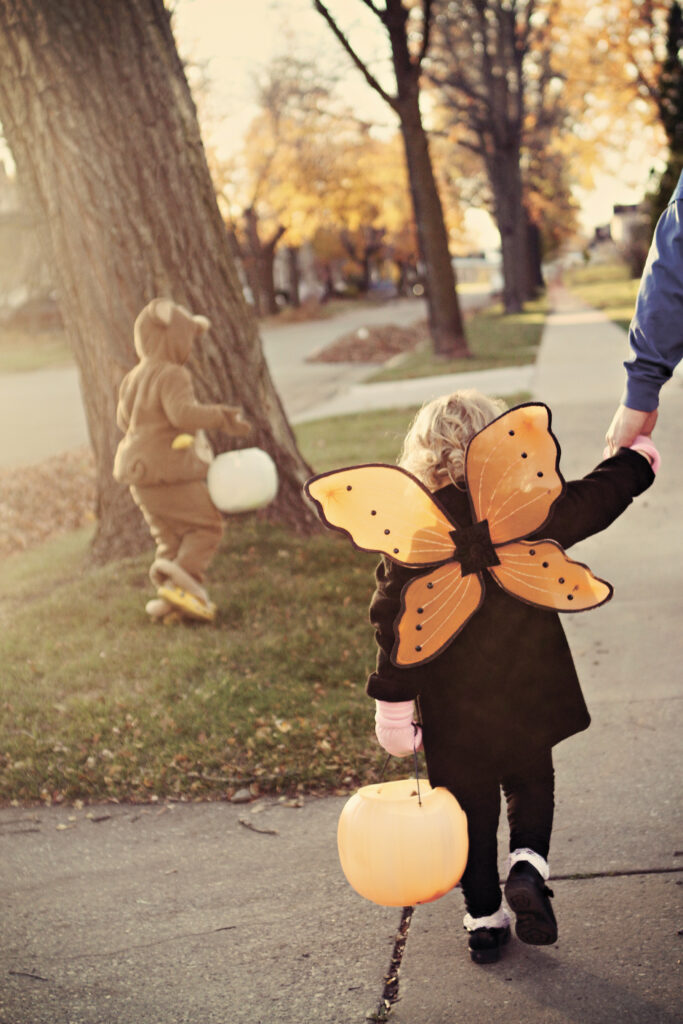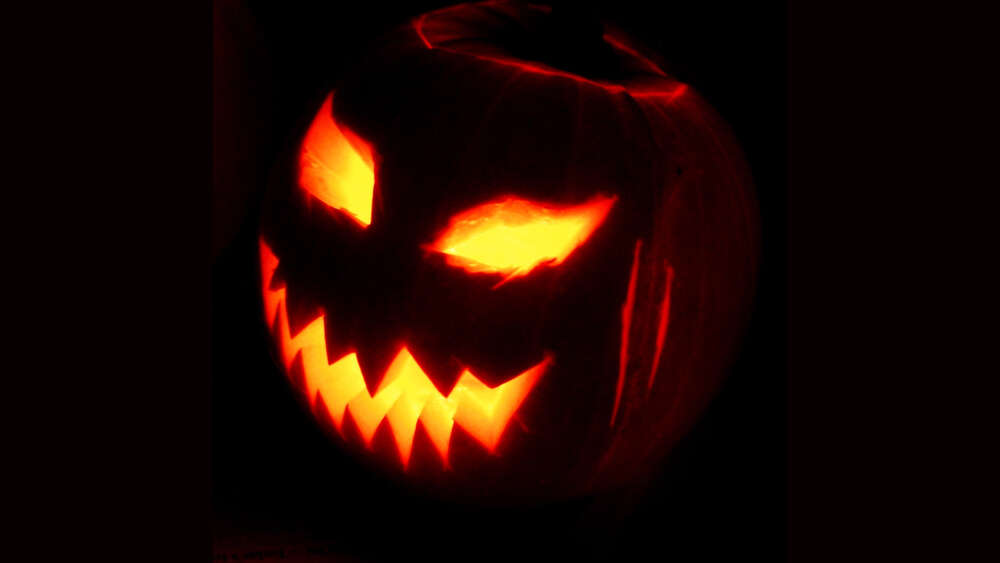This Sunday the streets of my suburb are going to be filled with squads of children and teenagers spattered in fake blood. Rocky Horror vamps will stagger around in fishnets and high heels. Maybe there’ll be a Donald Trump mask or two. Ghosts, ghouls, and goblins will trot around with sacks of confectionary, holding a parental hand. Paper pumpkins, plastic bats, and fake spider webs will cover the front porches of every other home.
It’s the one night of the year when it’s cool to be a serial killer – or at least to dress up like one.
It’s Halloween.
But why has the celebration of this festival of the spooky and the bizarre taken hold in Australia in the last two decades or so? It has the feel of a transplanted tradition, one that comes from somewhere else (the US) and does not yet belong in the local soil.
There’s something weird about Halloween in Australia. We don’t have a cultural memory of it – so what are we doing when we celebrate it?
Annual customs, like Anzac Day or Christmas or even the ever-controversial Australia Day, tend to point to the deep past. They are a way of recalling and handing on particular values that our culture cherishes. Secular people have tended to find a way of adapting religious festivals like Christmas and Easter, just as Christians have sometimes made use of the pre-existing holidays and celebrations they found and imbued them with Christian meanings.
But there’s something weird about Halloween in Australia. We don’t have a cultural memory of it – so what are we doing when we celebrate it?
As the night before All Saints’ Day, it’s a festival with deeply religious roots. Originally, this was (and still is) a time of remembering departed saints and martyrs of the church – and also your loved ones. It’s a celebration of life beyond death – not in fear of ghosts, but in hope of the resurrection. Christians remind each other to hope in God and not to fear death.
That’s where the sense of fun comes from – there’s a reason to laugh at the horrid and the spooky, since because of Jesus Christ these no longer have any power.
Dressing up in costumes, going door-to-door and playing pranks most likely emerge from Scotland and Ireland. These practices then take shape in North America in the nineteenth century, where they become both commercialised (like Christmas!) and also accepted by people of diverse ethnicities and faiths.
As a community, we really need to be better about talking about our fears than we are.
Halloween invites us to face our fears – and to teach our children not to be afraid. As a community, we are notorious for simultaneously over-protecting our children and making them deeply anxious. We do not now fear ghosts and goblins, but we do have many fears. We fear insignificance; we fear poverty; we fear cancer; we fear loneliness; we fear environmental catastrophe; we fear political division.
And most of all we still fear death. The great anthropologist Ernest Becker once wrote:
“The idea of death, the fear of it, haunts the human animal like nothing else”.
But do plastic and sugar really help us to face what we, and our children, fear? Halloween, in its commercialised form, can be an avoidance rather than an acknowledgement. The kids do not dress up as melting ice caps or extinct species or cancerous growths.

Trick of treating on Halloween RebeccaVC11 License
While Halloween laughs, its laughter is nervous. It’s all bravado: a manageable version of our fears (even though this is perhaps better than not seeing them at all).
Is that all we have to offer the young? As a community, we really need to be better about talking about our fears than we are.
But we could also go back to the origins of Halloween and find something in which to hope. Perhaps Halloween, after all, still needs All Saints’ Day.
Michael Jensen has served as rector of St Mark’s Anglican in Darling Point since 2013.
Email This Story
Why not send this to a friend?


